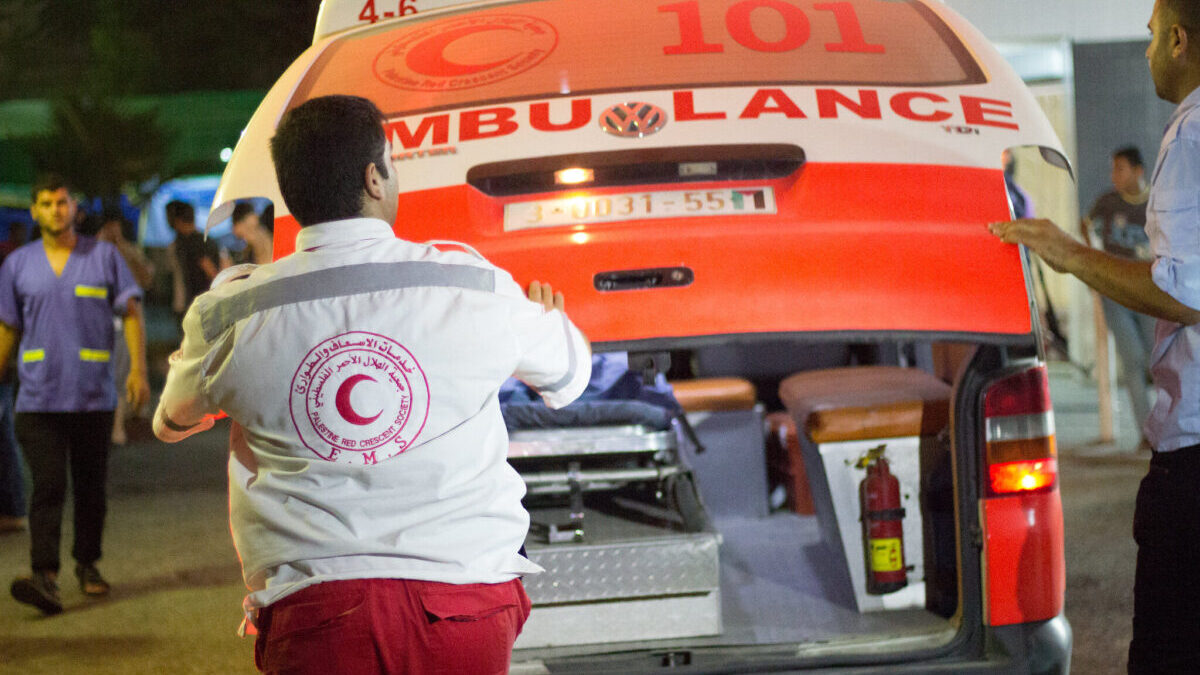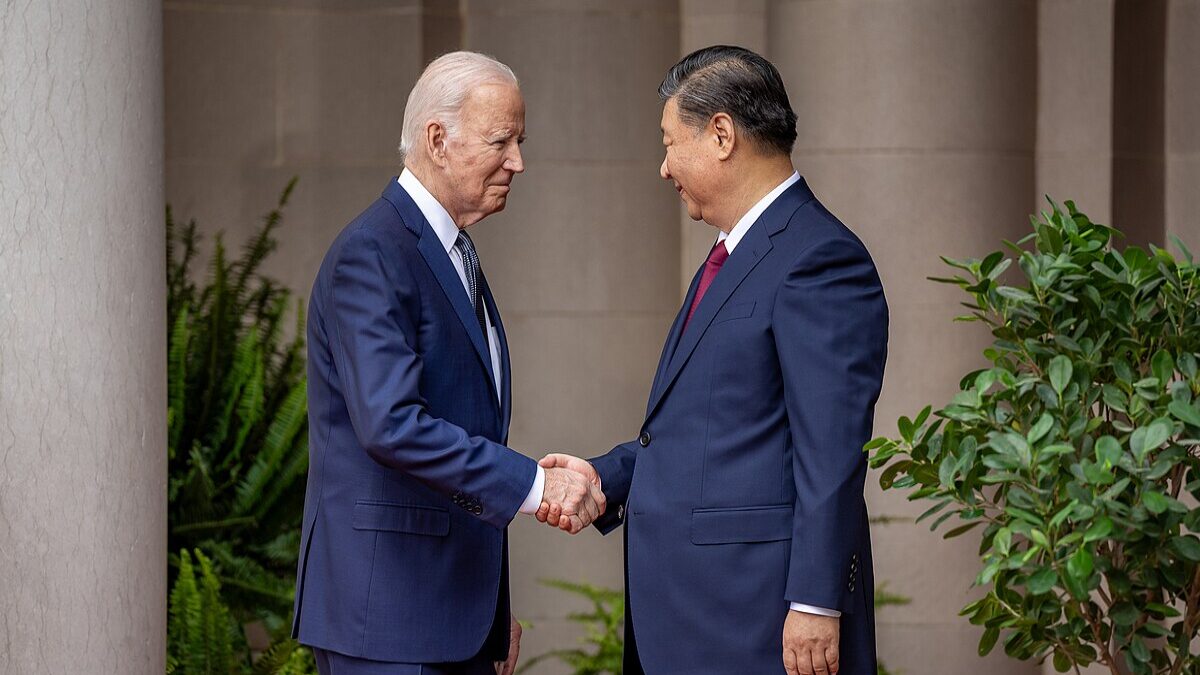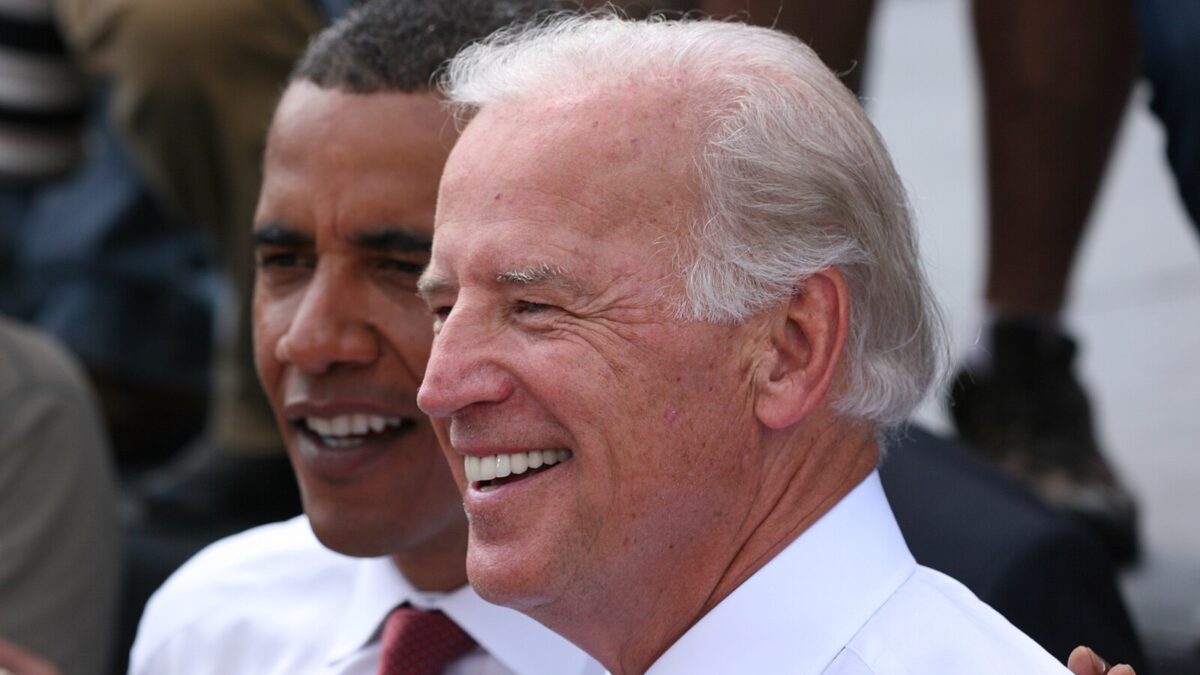For weeks, Hamas has denied it was using al-Shifa Hospital, Gaza’s largest medical complex, as a base of operations. Captured Hamas terrorists tell a different story. They admit to using hospitals for military purposes as well as hiding places for their superiors.
Ahmed Kahlot, the arrested director of the Kamal Edwan hospital in Gaza, recently confessed to Israel’s domestic security agency, “Hamas has offices inside the hospitals. There are places for senior officials, they also brought a kidnapped soldier there. There is a designated place for investigations, internal security, and special security. They all have private phone lines inside the hospital.” Still, many in the media, and especially the United Nations and International Red Cross, supposedly designed to protect civilian lives, have yet to offer an unequivocal condemnation of the usage.
When it comes to Hamas’ usage of al-Shifa and other commandeered hospitals, the international community has abdicated its responsibility. Indeed, the effective silence of the rest of the world only ensures that Hamas will continue to rely on civilian structures.
Despite corporate news outlets, such as The New York Times, attempting to portray Hamas’ usage of hospitals as a contested matter, it is not. Hamas has a long and storied history of utilizing civilian facilities — such as hospitals, schools, and mosques — for its military and terrorism operations. As the military engagement continues, rife with accusatory misreporting, it is worth recalling the illustrative instance of al-Shifa Hospital in particular, a civilian medical complex that has served as the headquarters for Hamas’ operations.
There is nothing novel about Hamas using al-Shifa as a base of operations. During the 2014 Gaza War, The Washington Post’s London bureau chief William Booth asserted that al-Shifa Hospital had become a “de facto headquarters for Hamas leaders, who can be seen in the hallways and offices.” Even Amnesty International, amid its virulent anti-Israel sentiment, managed to cobble together an accusation in 2014 that Hamas was torturing Palestinians in certain sections of the hospital.
Initially, al-Shifa Hospital was an army barracks during the British Mandate of Palestine. It became a small health facility in 1946 and was converted into a central hospital while Gaza was under Egyptian rule. After the 1967 Six-Day War, Egyptian forces surrendered at the hospital, and Israeli architects Gershon Zippor and Benjamin Idelson modernized the complex in the 1980s. One of the enhancements included the installation of a secure, underground operating room. This basement was the starting point for Hamas’ conversion of the medical facility into a military complex.
Law Regarding Hospitals During War
The Geneva Conventions that regulate the conduct of war state that civilian hospitals and medical establishments are protected from combat to ensure the safety of medical personnel, helpless patients, and enemy forces unable to engage in combat. That protection is internationally respected and codified in Article 18 of the Fourth Geneva Convention and Article 19 of the First Geneva Convention. However, that protection is not absolute and ceases to exist if hospitals “are used to commit, outside their humanitarian duties, acts harmful to the enemy.”
From the beginning of its reign of terror in 2007, Hamas used al-Shifa Hospital, among others, to terrorize civilians, torture and kill “Israeli collaborators,” and shield Hamas operatives from legitimate military objectives. Countless journalists from outlets hostile to Israel have reported Hamas activity within, around, and below the hospital. The hospital also served as a weapons arsenal, a launching point for rockets targeting Israel, and the headquarters of Hamas leadership. Its denial of these documented facts is as false as its original claim that it did not kidnap Israelis, one of whom was seen being dragged through al-Shifa. Rather than situate al-Shifa “as far as possible from [military objectives],” as recommended by the Geneva Conventions, Hamas has situated a central hub for its terror activities inside the hospital.
In the current war, and despite the many nay-sayers, there is ample evidence that al-Shifa Hospital is not simply a medical facility, used only for humanitarian purposes and deserving of full protection under international law. The basement Israel built was confirmed by captured Hamas terrorists to be a critical site in Hamas’ underground tunnel network.
Both Israeli and U.S. intelligence confirmed Hamas’ use of the hospital as part of its military campaign. In fact, Israel Defense Forces (IDF) had enough evidence of Hamas’ abusive use of al-Shifa to arrest its director, Muhammed Abu Salmiya, for permitting Hamas to exploit the hospital while under his supervision. Israel established this hospital is being used for military purposes. It also met the next criteria of international law regarding its conduct in targeting the hospital as a military site.
Protections afforded a hospital during war “cease only after due warning has been given” with a “reasonable time limit, and after such warning has remained unheeded.” Israel adhered to international law in providing sufficient warnings and three weeks to evacuate the hospital. By the time the IDF entered the hospital, most of the civilians had been evacuated. The IDF brought in incubators, medical teams, and Arabic speakers to minimize danger to civilians who could be used as human shields by Hamas. The IDF also created a humanitarian corridor to enable Red Crescent ambulances to transport patients, including babies, to southern Gaza and Egypt for medical care.
Purveying Hamas’ Lies
Few of the facts seem to matter as international organizations and the press ignore al-Shifa’s heinous history and documented evidence of its continued military use. Pundits and other purveyors of sloppy information will likely continue to favor slogans and often fake graphic images from Hamas’ public relations arm over Israel’s adherence to both treaty and customary international law. Those accusing Israel of war crimes fail to distinguish between deliberate and incidental harm to civilians as they parrot the Gaza Health Ministry’s historically faulty casualty numbers.
Although the Biden administration is skeptical about the numbers of Palestinians killed in this war, the number is likely to be very high. But the number of casualties is not the foundation of war crimes, despite how emotionally triggering it is. What matters, under international law, is the conduct of those engaged in battle. The principle of proportionality addresses harm to civilians and requires that “expected incidental harm is not excessive in relation to the anticipated military advantage.” Proportionality is not an “eye for an eye” concept but one that allows a response in which incidental harm to civilians is commensurate with the actual scope of a lawful military goal, such as destroying Hamas and the unlawful equipment it hides in civilian complexes like al-Shifa.
Israel is entitled to win this war, morally and legally. The horrible reality is that many combatants and innocent people have died, largely due to the nature of urban warfare combined with Hamas’ abuse of Palestinian civilians. In 2016-2017, when the U.S.-backed Iraqi army liberated the city of Mosul from the Islamic State, the world witnessed a similar loss of life as that terrorist group, like Hamas, hid weapons in civilian facilities, used innocent people as human shields, and killed civilians trying to flee.
In this current war, neither attacks on terror facilities masquerading as humanitarian facilities nor the number of casualties should detract from Israel’s lawful and just effort to liberate the region from this stain on humanity.









